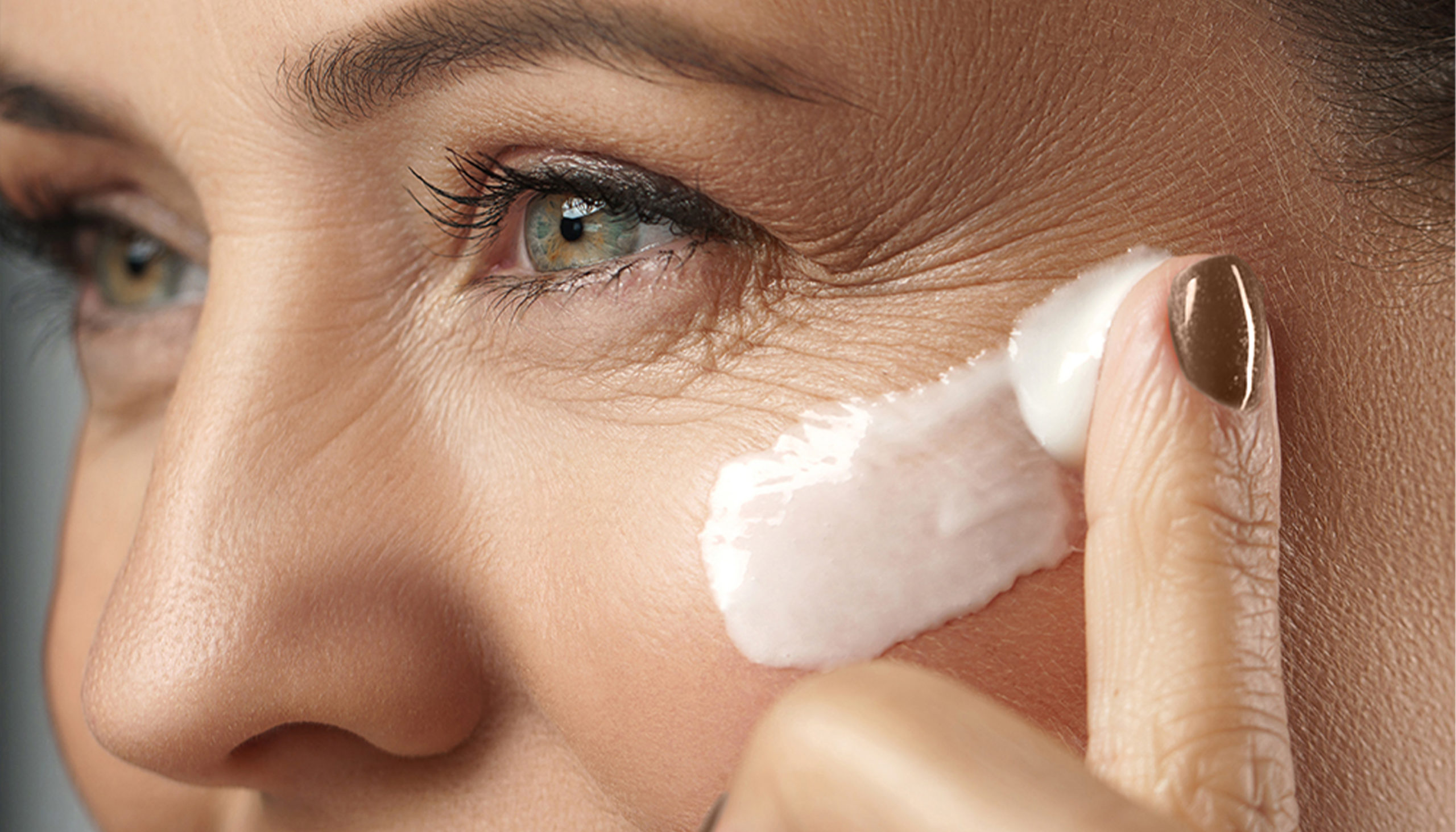
There has been a smorgasbord of trends relating facial aesthetics to food items, from glazed doughnut skin to strawberry girl makeup. Now, a new trend is switching it up, using a food item to describe the process rather than the outcome. The retinol sandwich application method is a technique that involves layering products to avoid irritation, but not everyone should jump on board.
How to make a retinol sandwich
Like many skin-care trends, the retinol sandwich is simply a classic concept dressed up with a new name. New York dermatologist Elaine Kung, MD says dermatologists have been teaching some of their patients this technique for years to help make retinol more tolerable. “The retinol sandwich method is a skin-care technique that involves applying a moisturizer both before and after using retinol treatment,” explains Miami dermatologist Dr. Deborah Longwill. “This approach aims to mitigate the potential adverse effects of retinol.”
Dr. Kung implements this method herself. “I’ve been incorporating Arazlo, which is a tazarotene lotion, into my evening routine. Tazarotene is considered a strong retinoid that many people cannot tolerate,” she explains. “I first layer CeraVe cream on my face after cleansing. Then, I apply two rice grains of Arazlo. Lastly, I apply another layer of CeraVe cream to complete my retinol sandwich.”
The possible benefits of the retinol sandwich application method
“By applying moisturizer before and after using retinol, you can significantly reduce the likelihood of experiencing redness and flaky skin as side effects,” explains Dr. Longwill, which are common especially for those with sensitive skin.
“The retinol sandwich helps prevent us from getting redness, itchiness and irritation from retinol use. It helps us acclimate to using a retinol and increasing concentrations of retinol or prescription-strength retinoids over time,” says Dr. Kung. “It also helps us use retinol or retinoids during dry weather conditions.”
Should we all be making retinol sandwiches?
While some people can benefit from this layering technique, it’s not one size fits all. “It’s important to note that not everyone needs to or should use the retinol sandwich method. People who have oilier skin may not need to sandwich their retinol,” says Dr. Kung. “Also, when the weather is humid and hot, most people don’t want to wear too many layers on their faces.”
Dr. Longwill also notes that while the retinol sandwich application method can be effective for some, she feels it could potentially compromise the overall efficacy of the retinol treatment. If the retinol sandwich method isn’t for you, Dr. Longwill recommends “seeking a product that already combines moisturizing ingredients with retinol. This approach can deliver results without diminishing the impact of retinol.” Dr. Longwill strongly recommends consulting with your dermatologist to receive personalized guidance on the most suitable treatment plan for your skin.






